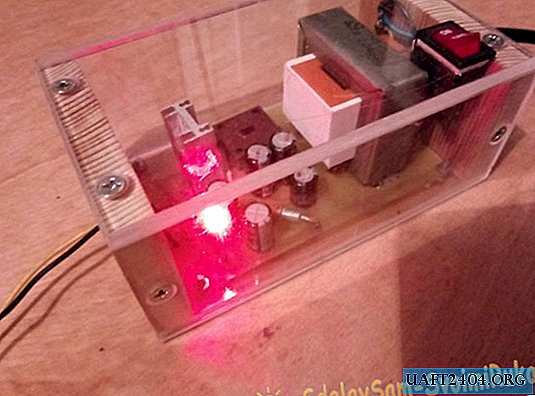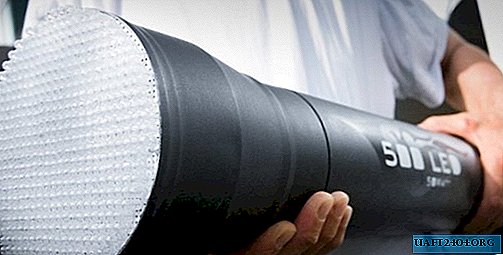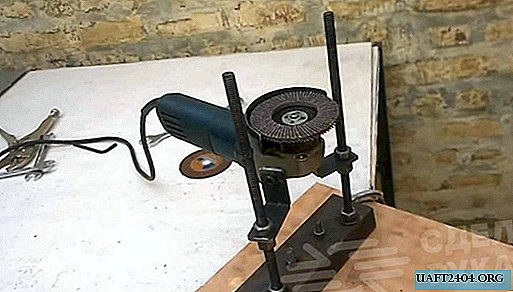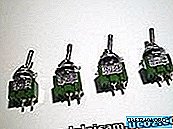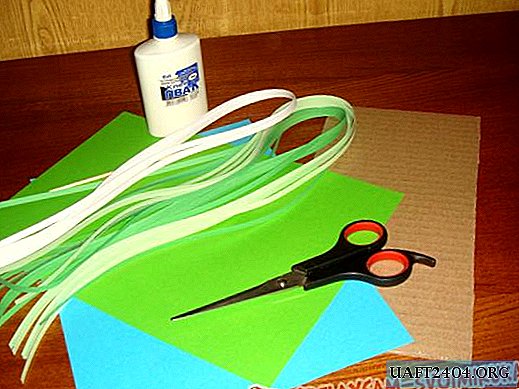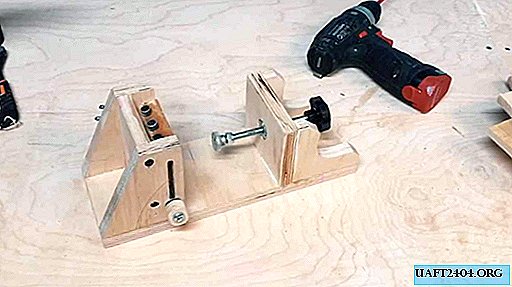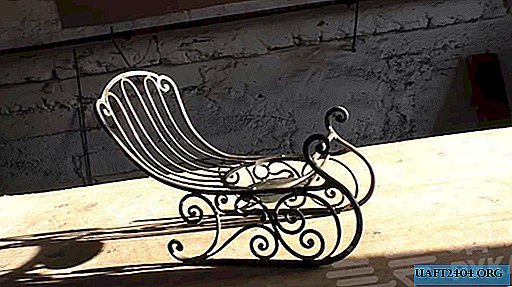Share
Pin
Tweet
Send
Share
Send
Such a simple-looking equipment will provide intensive cleaning in the home workshop. It is also convenient in that by connecting it directly to the machine, for example, to a circular, you get a complete ventilation and dust removal system. If you connect a container of sufficient size, such equipment can be used as a single ventilation system-cyclone for the entire workshop. And due to the installation of suction nozzles on the lid, the overfilled container is easy to replace with an empty one, which makes this installation as productive and convenient as possible.
The factory model of such a cyclone is not cheap, and a homemade one is assembled in your garage in just a couple of minutes. The design is so simple and unpretentious that it does not break for years. What is the secret? We offer to know him with us.
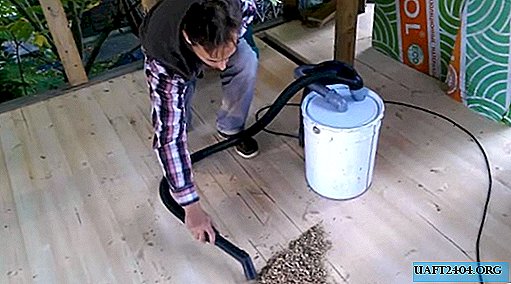


Principle of Operation and Specifications
The basis of the cyclone is an ordinary household vacuum cleaner. Instead of a regular dust bag, we connect a larger container through a connecting hose, for example, a galvanized technical bucket. The garbage suction hose remains the same and is connected directly to the chip separator tank.
The main task of such a cyclone is when suctioning coarse dust or chips, to prevent it from being drawn back into the vacuum cleaner. This is possible due to gravity and friction, due to which large particles of debris move along a spiral path along the walls of the tank, gradually settling at its bottom. It turns out such a separator for separating different fractions of pollution. And for cleaning the room, it remains to combine the entire device with a single platform and make it convenient for moving.

Necessary materials, tools
- Household vacuum cleaner;
- Tin bin with a tight-fitting lid;
- PP corners 90 ° for sewerage, diameter - 40 mm (2 pcs);
- Additional ventilation hose for a vacuum cleaner.
For a mobile platform:
- A piece of plywood, thickness 10-14 mm;
- Black screws 35-55 mm;
- Tightening belt;
- Aerosol or any other paint on wood.
Instruments:
- Drill or screwdriver with a mill diameter for PP nozzles;
- Jigsaw;
- Sander or sandpaper;
- Ruler, pencil.
Workshop cyclone manufacturing
We begin by preparing the container lid. In it we drill holes for PP corners - one in the center, the second - from the edge of the cover near the stiffener. If the cutter for the holes is not suitable in size, the holes after drilling can be slightly bored by wrapping the pipe or other round workpiece with sandpaper.





We insert plastic corners into the holes sized to fit. We expose the central one with side eyeliner, the extreme one with vertical.

We adjust the suction hose from the vacuum cleaner to the size, and connect it to the central corner on the lid of the bucket. The hose end, if not removable, must be cut off.



We collect a mobile cart from plywood, any one that is not damp will do. We mark the cutting of plywood according to the dimensions of the vacuum cleaner and the storage tank, and cut it out on a circular or jigsaw.


From the remnants of a sheet of plywood, we cut the sides for a cart of arbitrary width. Between the vacuum cleaner and the bucket we mount a partition made of plywood, which will replace us with a handle for the cart.


We connect the platform, the handle and the two sides to the screws. In order not to split the layered plywood, it is worth pre-drilling the mounting holes with a drill of a smaller diameter. It is better not to glue the joints, because if necessary the cart will be easier to disassemble.



Before fixing the partition, we cut a hole under it in the handle. For this we use the same mill for pipes with a screwdriver, and a jigsaw. We clean all the details with a grinder or sandpaper.





On the rear side of the platform, we fasten four furniture wheels on a rotary axis with screws. Now you can paint the finished product with aerosol or any other paint. This will extend the life of the cart, and make its appearance more attractive, and the surface less brand.


Putting on the cart both elements - a vacuum cleaner and a bucket - it remains to pull them with any belt-coupler and connect to the network. It is very easy to move such a device, and if necessary, it can be disassembled and brought directly to any machine in the workshop, saving time and effort for tedious cleaning!



Share
Pin
Tweet
Send
Share
Send

